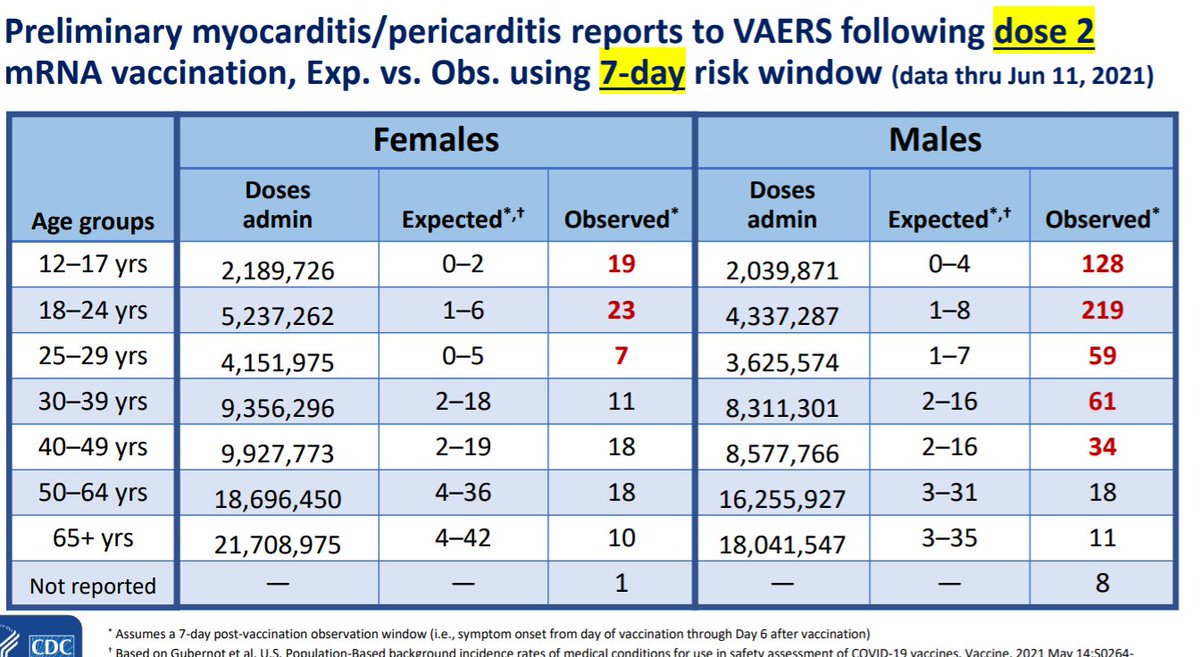
CDC weighs in that boosters don't seem to be needed or no evidence at this time. Agree and I summarize some of the T cells/B cell studies in the paper below in next tweet but want to add a few more!
nbcnews.com/health/health-… via @nbcnews
nbcnews.com/health/health-… via @nbcnews
Here is the paper where I tried to put some of this together but 3 more EXCELLENT studies that came out since wrote this that add to the idea we won't need boosters (at least anytime soon!)
leaps.org/booster-shot/
leaps.org/booster-shot/
One paper that didn't get into the summary above shows that memory B cells formed from even mild COVID (other papers have shown this) but then they were tested to see if they produce antibodies specific to a variant if they see a variant & they do
medrxiv.org/content/10.110…
medrxiv.org/content/10.110…
Another is here from @UCSF showing that T cells mature into "memory T cells" even after mild infection which last a long time
biorxiv.org/content/10.110…
biorxiv.org/content/10.110…
And same after vaccination - again, showing evidence that 1 vaccine after natural infection is likely all it takes. Memory T cells formed (those last years and years):
biorxiv.org/content/10.110…
biorxiv.org/content/10.110…
• • •
Missing some Tweet in this thread? You can try to
force a refresh





